Have you ever witnessed the strange magic of a cat crossing a crowded room just to settle on the lap of the one person who loathes them? It’s as if cats have a sixth sense for finding the least willing human and making themselves right at home. For cat lovers, it’s hilarious—sometimes even a little satisfying—but for the cat-averse, it’s a mystery wrapped in fur. Let’s unravel what’s really going on behind this feline phenomenon. Prepare to discover a world where cat logic flips human assumptions upside down!
The Mysterious Cat Mindset

Cats are creatures of mystery. Unlike dogs, who wear their hearts on their tails, cats often leave us guessing about their intentions. When a cat seeks out the one person trying to ignore them, it isn’t just chance. Cats are incredibly observant and attuned to the energy in the room. They notice subtleties in body language and behavior, and sometimes, the person who is least interested in them is the most intriguing. This aloofness from humans can actually attract cats, almost like a reverse magnet.
Understanding Cat Body Language

Reading a cat’s body language is like learning a new language. Cats communicate through their posture, tail movements, and even the way their ears are positioned. When someone avoids eye contact or keeps their hands to themselves, a cat interprets this as non-threatening. Instead of seeing it as disinterest, they see it as safe and respectful behavior. The person who’s cooing, reaching, and trying to pet them is far more intimidating to a cautious kitty.
Non-Threatening Behavior is Irresistible

Imagine you’re at a party and someone is staring at you, eager to chat, while another barely notices you. Which person feels less overwhelming? Cats feel the same way. The person who “hates” cats is often the one sitting quietly, not making any sudden moves, or trying to engage. This makes them seem calm and safe, so the cat is drawn to them. Cats are experts at seeking out the least threatening spot in the room, which often happens to be on the lap of the least interested human.
The Power of Eye Contact in Cat Communication

Eye contact means a lot to a cat. In the feline world, staring directly at another cat can be seen as a challenge or threat. Most people who dislike cats avoid looking at them, either out of discomfort or disinterest. Ironically, this lack of eye contact makes them more appealing to cats, who feel more comfortable approaching someone who’s not trying to dominate them with their gaze. It’s a bit like being at ease around someone who doesn’t judge you.
Curiosity Fuels Feline Choices
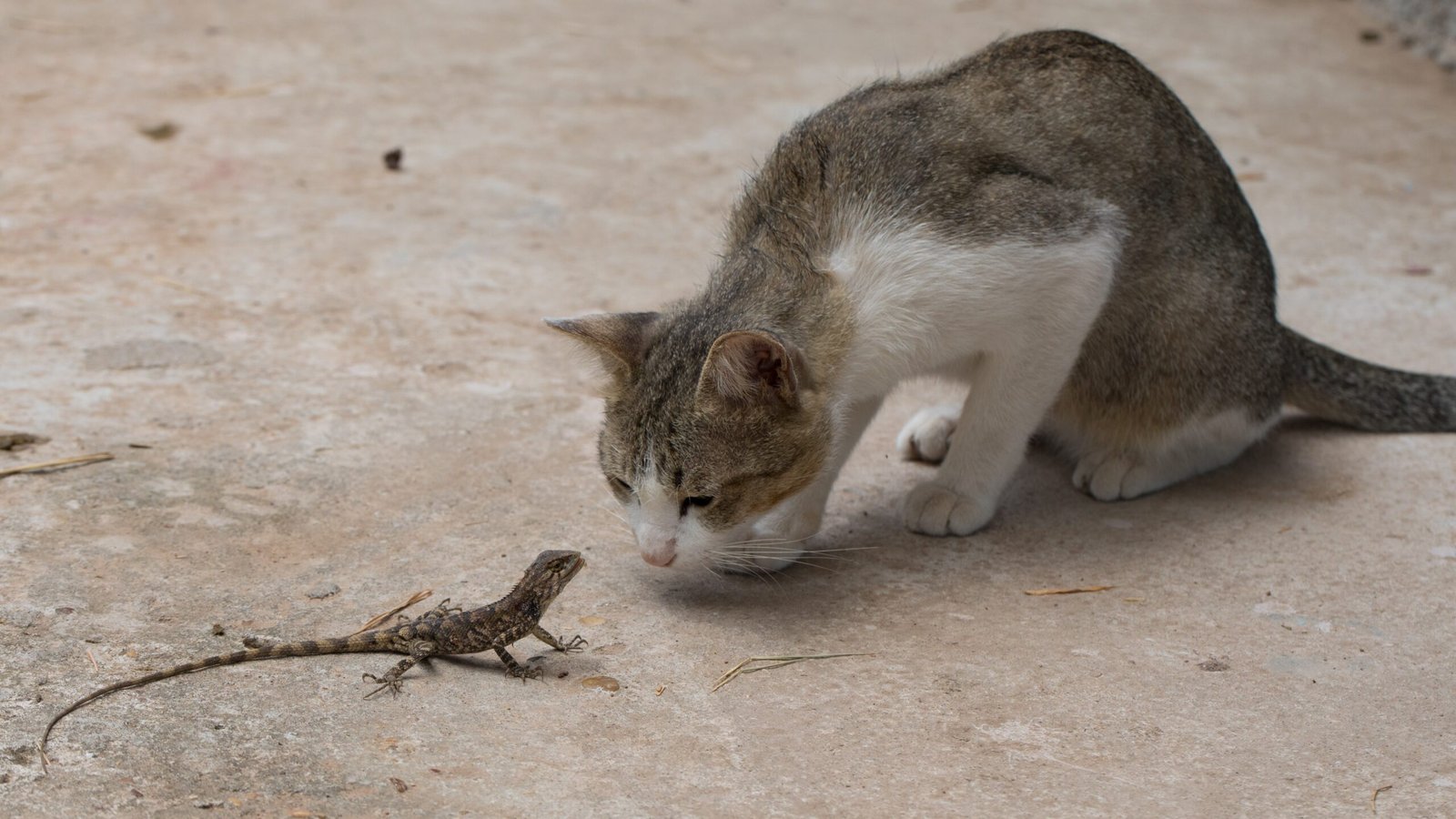
Cats are famously curious. When someone is ignoring them, cats can’t help but wonder why. This curiosity drives them to investigate. They might think, “What’s up with this person? Why aren’t they paying attention to me?” It’s a little bit like a child poking at the one toy nobody else is playing with. The more someone tries to avoid a cat, the more interesting they seem.
Scent and Senses: The Hidden Language

Cats rely heavily on scent to make sense of their world. People who don’t interact much with cats may not carry strong animal scents or may smell different from the other humans in the room. This new, unfamiliar scent can be enticing for a cat. They might want to spend time with this person just to investigate their unique aroma, which could include everything from laundry detergent to perfume—or even fear.
The Calm Aura of the Disinterested

Cats often gravitate towards calm, quiet environments. People who dislike cats usually keep still, move slowly, and don’t make sudden movements. This kind of calm presence can be a huge attraction for a cat looking for a peaceful place to nap. The person who’s ignoring the cat is, without realizing it, sending out all the right signals that say, “You can relax here.”
Playing Hard to Get: Cat Edition

Cats are notorious for doing the opposite of what we expect. If you want their attention, they’ll often ignore you. If you ignore them, they come running. It’s like a game of hard to get—one that cats play masterfully. When a person is indifferent or acts uninterested, the cat sees it as a challenge and can’t resist getting closer. It’s their way of flipping the script and keeping us guessing.
The Psychology of Avoidance

Humans who dislike cats often go out of their way to avoid interaction. They might sit still, avoid talking, or even tense up when a cat enters the room. To a cat, these behaviors signal that the person won’t chase them, try to pick them up, or invade their space. This makes that person the safest bet in the room, so the cat chooses them for company.
Testing Boundaries and Reactions

Cats are always testing their environment. They want to know what’s safe and what isn’t. When they approach someone who doesn’t react, they feel like they’re in control of the situation. They get to decide when to approach, when to retreat, and when to interact. This sense of autonomy is deeply satisfying for a cat, which is why they keep coming back to the same person.
The Element of Surprise: Human Reactions
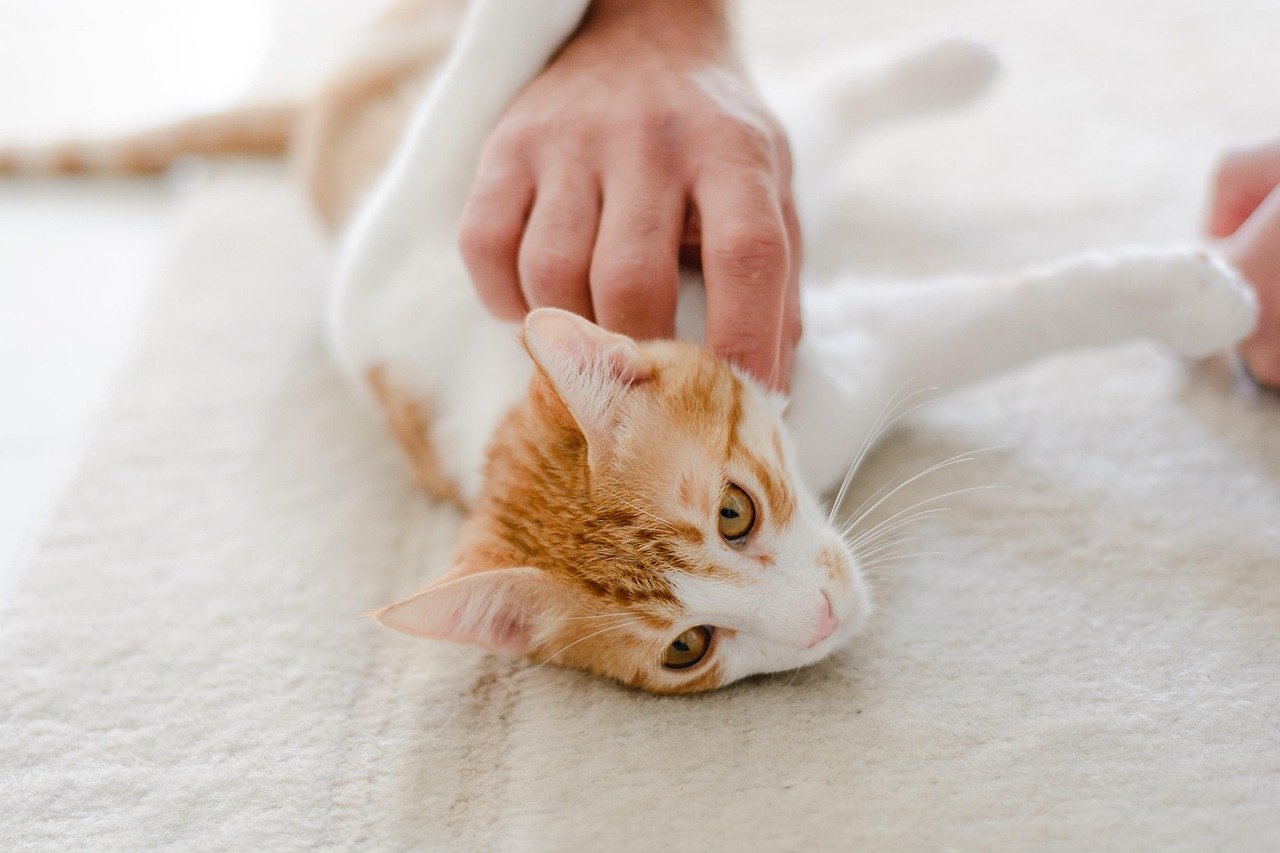
Sometimes, cats just like to stir things up. Sitting on the lap of someone who hates them is a guaranteed way to get a reaction—even if it’s just an eye roll or a sigh. Some cats seem to enjoy the drama, as if they know they’re breaking the rules. It’s their little way of adding excitement to the day, and maybe even teaching their human a lesson about tolerance.
Comfort in Neutrality

When a cat is looking for a spot to relax, neutrality is key. The person who isn’t sending out strong emotional signals—positive or negative—offers a kind of blank slate. The cat can project whatever feelings they like onto this person, making them the perfect companion for a quiet moment. This neutral energy is especially appealing to cats who are shy or easily startled.
Body Heat and Cozy Spots

Let’s not forget the practical side of things: cats love warmth. Sometimes, the person who hates cats just happens to be sitting in the warmest, coziest chair in the room. Cats are experts at finding soft, warm places to curl up, and they don’t care much about human preferences. If your lap is toasty, you can expect a cat to make themselves comfortable—whether you like it or not.
The Cat’s Sense of Humor

Some cat owners swear their cats have a wicked sense of humor. There’s just something funny about choosing the one person who’s least likely to welcome them. Maybe it’s a form of feline mischief, or maybe it’s just coincidence. Either way, it adds a layer of comedy to the already unpredictable world of cat behavior.
Creating New Connections

Believe it or not, a cat sitting on someone who dislikes them can sometimes spark a change of heart. Over time, the person may become more comfortable with the cat’s presence. The cat’s persistence can wear down even the most stubborn cat-avoider, leading to unexpected friendships. It’s a reminder that sometimes, the best connections start in the most unlikely ways.
Respecting Personal Space—Cat Style

Cats are masters at reading the room. When they sense someone values their personal space, they’re more likely to respect it—by sitting close, but not too close. For a cat, this delicate dance is a sign of respect and trust. They’re saying, “I see you. I respect your boundaries. Now, let’s share this moment together.” It’s their way of bridging the gap between independence and affection.
Feline Empathy: Sensing Emotions

Cats are more empathetic than they get credit for. They can pick up on human emotions, sometimes even better than we can. When someone is anxious or uneasy around cats, the cat may sense this and respond by sitting quietly nearby. It’s their subtle way of offering comfort, even if it’s not always wanted. This unexpected empathy makes them truly fascinating companions.
The Role of Past Experiences
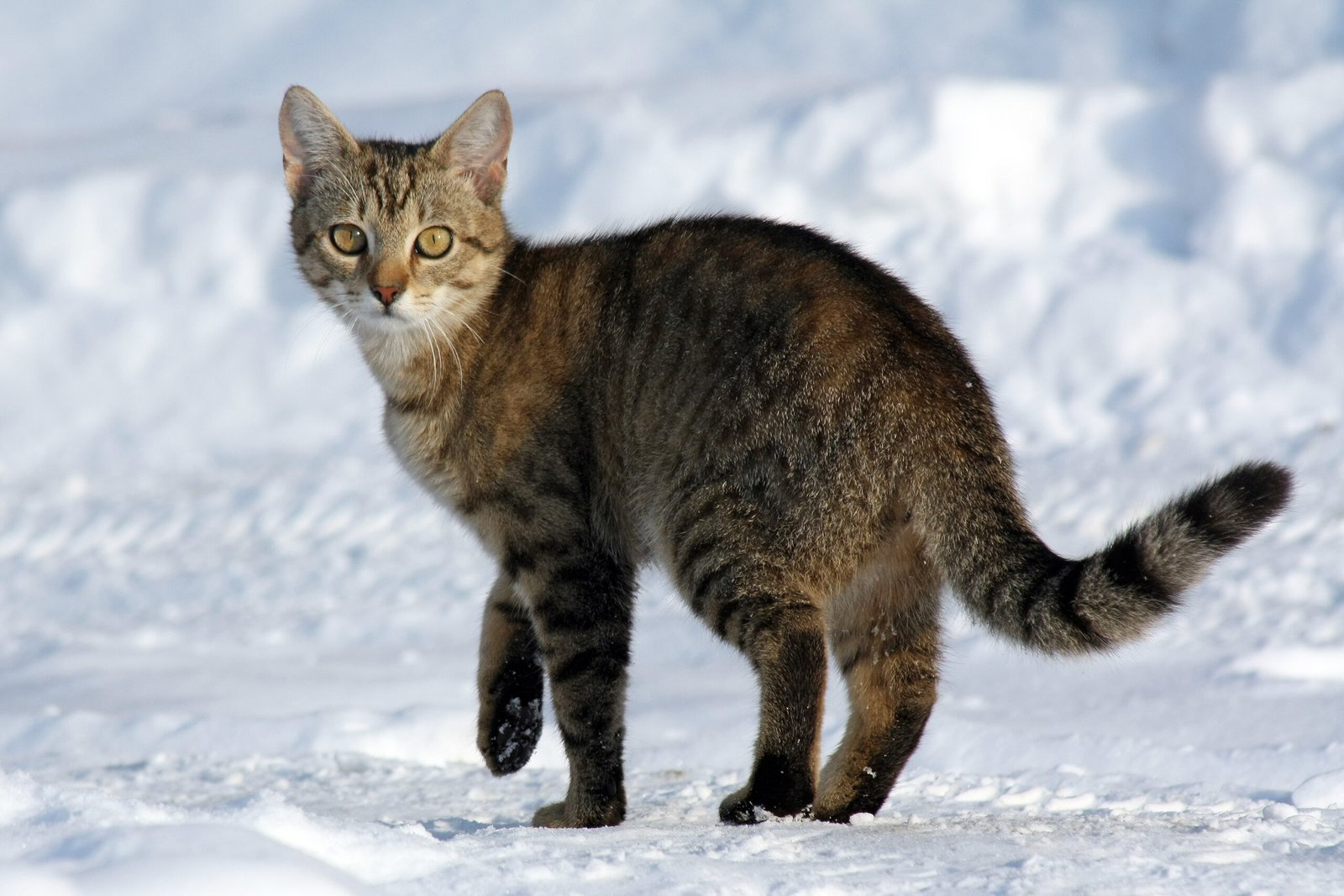
A person’s history with cats can influence how cats react to them. Someone who’s been scratched or bitten before may carry themselves differently, and cats are quick to notice. They may be drawn to these people as a way of testing the waters or helping to rewrite old stories. Over time, these repeated encounters can help heal old wounds and change perspectives.
Breaking Down Preconceptions
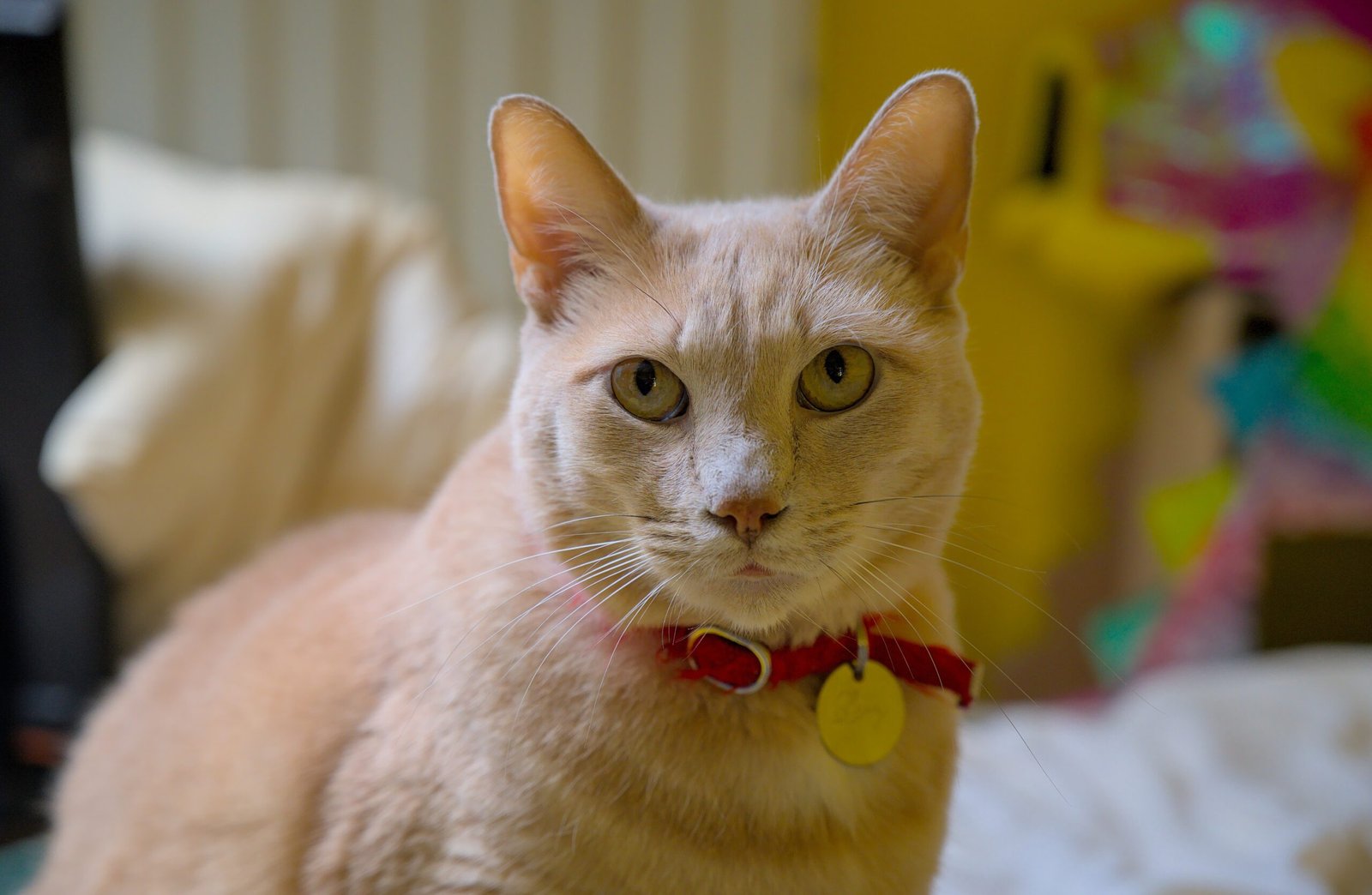
Every time a cat chooses to sit on someone who dislikes them, they’re challenging human assumptions. Cats don’t follow our social rules or expectations. Instead, they operate on their own mysterious logic, forcing us to question what we think we know about animals—and even about ourselves. This constant challenge keeps our relationships with cats fresh and surprising.
The Unpredictable Nature of Cats

If there’s one thing all cat lovers know, it’s that cats are unpredictable. Just when you think you’ve figured them out, they do something completely unexpected—like curling up on the lap of your cat-phobic friend. This unpredictability is part of their charm, keeping us on our toes and making every encounter an adventure. Life with cats is never boring.
Why We Love (and Are Baffled By) Cats
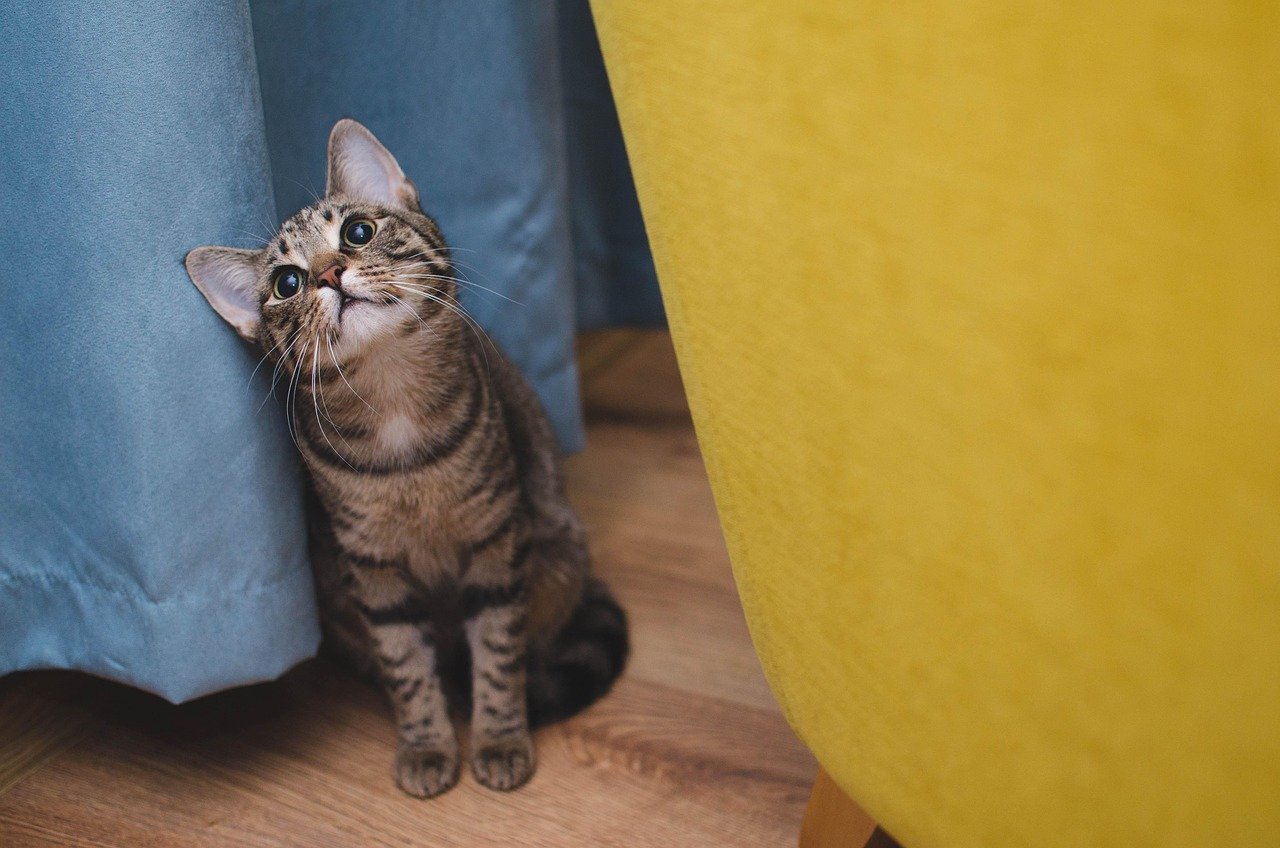
At the end of the day, the fact that cats always seem to sit on the person who hates them is just one more reason we’re obsessed with these enigmatic creatures. Their behavior keeps us guessing, makes us laugh, and sometimes even brings us together. Maybe it’s their way of reminding us that life is full of surprises—and that sometimes, the best moments happen when we least expect them.
Hi, I’m Bola, a passionate writer and creative strategist with a knack for crafting compelling content that educates, inspires, and connects. Over the years, I’ve honed my skills across various writing fields, including content creation, copywriting, online course development, and video scriptwriting.
When I’m not at my desk, you’ll find me exploring new ideas, reading books, or brainstorming creative ways to solve challenges. I believe that words have the power to transform, and I’m here to help you leverage that power for success.
Thanks for stopping by, Keep coming to this website to checkout new articles form me. You’d always love it!






